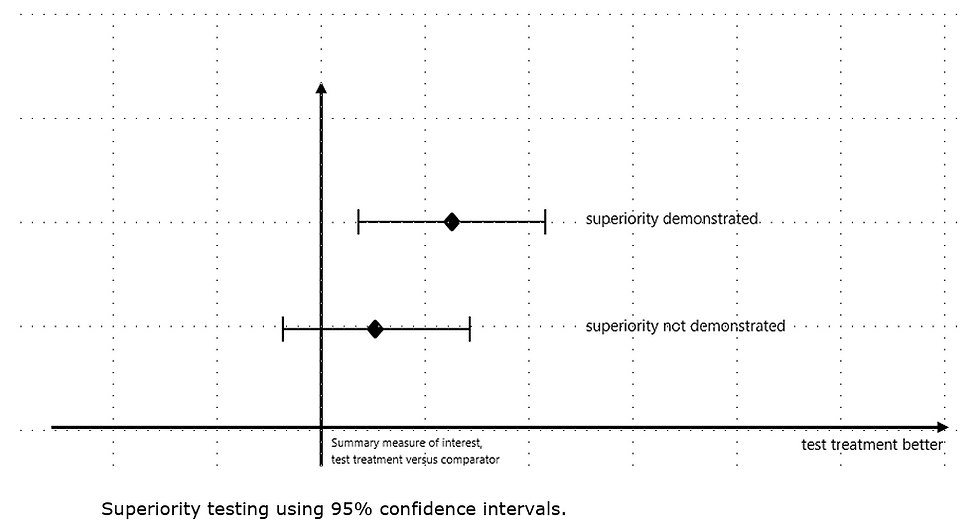USFDA’s Draft Guidance: Aluminum Content and Labeling for Small Volume Parenteral Drug Products in Parenteral Nutrition
- Sharan Murugan

- Jul 2
- 3 min read
Aluminum contamination in parenteral nutrition (PN) has long posed a silent but serious risk—especially to vulnerable populations like premature infants and patients with kidney dysfunction. In July 2025, the U.S. FDA issued a comprehensive draft guidance titled “Small Volume Parenteral Drug Products and Pharmacy Bulk Packages for Parenteral Nutrition: Aluminum Content and Labeling Recommendations.”

This document lays out a systematic approach to minimizing aluminum exposure from small volume parenteral (SVP) drug products and pharmacy bulk packages (PBPs).
Why Aluminum Control in Parenteral Nutrition Matters
Aluminum is a naturally abundant element, but its poor oral bioavailability means healthy individuals typically absorb little from food or water. However, when administered intravenously—especially over prolonged periods—aluminum can accumulate to toxic levels.
This is particularly dangerous for patients with compromised kidney function and for neonates and infants, whose immature renal systems cannot efficiently eliminate aluminum. Toxicity can lead to severe complications such as osteomalacia, neurological dysfunction, anemia, and cholestasis.
Aluminum contamination in PN can arise from raw materials or leach from manufacturing equipment and packaging components during sterilization and storage. Given these risks, the FDA’s guidance aims to limit total aluminum exposure (TAE) from all PN components, including both large volume parenterals (LVPs) and SVPs, to below 4–5 micrograms per kilogram per day—a threshold above which toxicity may occur
Parenteral nutrition bypasses the digestive system, delivering essential nutrients directly into the bloodstream. However, aluminum—present as a contaminant from raw materials, equipment, and packaging—can accumulate in the body, especially when renal excretion is limited.
The FDA identifies two high-risk groups:
Patients with renal impairment
Preterm infants and neonates, whose kidneys are immature and often require prolonged PN support
Scientific studies have linked aluminum exposure in these groups to:
Neurological impairment
Osteomalacia and reduced bone mineralization
Microcytic anemia and liver dysfunction
The FDA recommends the following limits to reduce toxicity:
Total aluminum exposure (TAE) from PN should not exceed 5 mcg/kg/day
Individual aluminum exposure (IAE) from each SVP should not exceed 0.6 mcg/kg/day, assuming up to 5 SVPs are used in an admixture
This recommendation accounts for the maximum allowed aluminum in large volume parenterals (LVPs), which is 25 mcg/L as per 21 CFR 201.323.
How to Derive the Recommended Aluminum Concentration Limit (ACL)
To ensure compliance, manufacturers must calculate the ACL for each SVP product based on its dosage and concentration. The calculation is designed to ensure that no single product causes aluminum exposure to cross the safe threshold.
The formula:
ACL (mcg/L) = 1000 × [IAE (mcg/kg/day) × SVP concentration (mg/mL)] ÷ SVP max daily dose (mg/kg/day)
For example:
A zinc chloride injection with a concentration of 1 mg/mL and max dose of 0.3 mg/kg/day would require an ACL of 2000 mcg/L to stay within the 0.6 mcg/kg/day IAE limit.
Manufacturing and Quality Control Considerations
Manufacturers must implement robust control strategies to manage aluminum contamination:
Use validated testing methods
Monitor aluminum levels in raw materials, containers, closures, and during sterilization
Consider formulation pH, which affects leaching from glass containers
Design SVP formulations with a focus on minimal aluminum content
The guidance encourages early dialogue with FDA review divisions to align on acceptable aluminum levels and control plans.
Regulatory Pathways and Compliance
Once finalized, the FDA expects:
Sponsors to assess and adjust SVP specifications within 2 years
Changes to be submitted via Prior Approval Supplements
Batches exceeding acceptable aluminum levels to be withheld from market release
If aluminum-related changes threaten supply, manufacturers are advised to contact FDA's Drug Shortage Staff for mitigation strategies.
Labeling and Communication Requirements
To inform healthcare providers and protect patients, FDA mandates specific labeling updates for SVPs and LVPs:
✅ Prescribing Information:
Warning about aluminum toxicity risks, especially in pediatric populations
Clear mention of aluminum content in the "Description" section
✅ Immediate Container and Carton Labeling:
Statement such as: “Contains no more than X mcg/L of aluminum”
For lyophilized products: “When reconstituted, aluminum concentration will be no more than X mcg/L”
These labels must reflect the highest aluminum level found in recent production batches.
For pharma manufacturers, it's both a challenge and an opportunity: to redesign products with a patient-first mindset and demonstrate regulatory excellence. For clinicians and pharmacists, the guidance offers clarity and reassurance that the PN products they rely on are being held to the highest safety standards.
For full details, click this LINK.



Comments